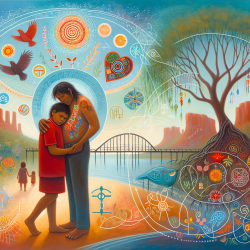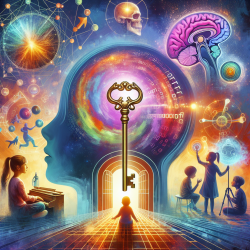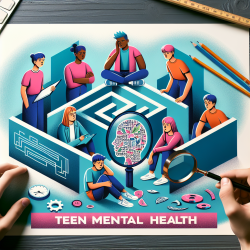Introduction
Attachment Theory, a concept rooted in the works of John Bowlby, has long been a cornerstone of child development and welfare discussions. However, its application, especially concerning Indigenous children involved with child protection systems, has raised significant concerns. The recent research article, "Attachment Theory: A Barrier for Indigenous Children Involved with Child Protection," highlights the limitations of applying a Eurocentric framework to diverse cultural contexts, particularly Indigenous caregiving systems.
The Eurocentric Lens of Attachment Theory
Attachment Theory traditionally emphasizes the dyadic relationship between a child and a primary caregiver, often the mother. This model, while effective in some contexts, does not account for the communal and kinship-based caregiving systems prevalent in many Indigenous cultures. The research underscores that courts and child protection agencies often prioritize Eurocentric interpretations of attachment over cultural integration, leading to decisions that may not align with the best interests of Indigenous children.
Implications for Practitioners
For practitioners working with Indigenous children, it is crucial to recognize the cultural dimensions of attachment and caregiving. Here are some actionable steps to enhance practice:
- Cultural Competency: Develop a deep understanding of the cultural backgrounds and caregiving practices of the communities you serve. This involves ongoing education and collaboration with Indigenous leaders and communities.
- Community Engagement: Engage with Indigenous communities to co-create culturally informed caregiving plans. This approach respects the unique child-rearing practices and values of each community.
- Advocacy: Advocate for policy changes that recognize the validity of communal caregiving systems and the importance of cultural continuity for Indigenous children.
Encouraging Further Research
While the current research provides a critical lens on the application of Attachment Theory, there is a need for further studies that explore attachment in diverse cultural contexts. Practitioners and researchers are encouraged to investigate:
- Alternative models of attachment that align with Indigenous worldviews.
- The long-term outcomes of Indigenous children placed in culturally mismatched environments.
- The role of community and extended family in fostering secure attachments.
Conclusion
The integration of cultural perspectives into child protection practices is not just a matter of policy but a moral imperative. By moving beyond a one-size-fits-all approach to attachment, practitioners can better support the well-being and cultural identity of Indigenous children. The journey towards culturally sensitive child welfare systems requires commitment, collaboration, and a willingness to learn from Indigenous knowledge systems.
To read the original research paper, please follow this link: Attachment Theory: A Barrier for Indigenous Children Involved with Child Protection.










